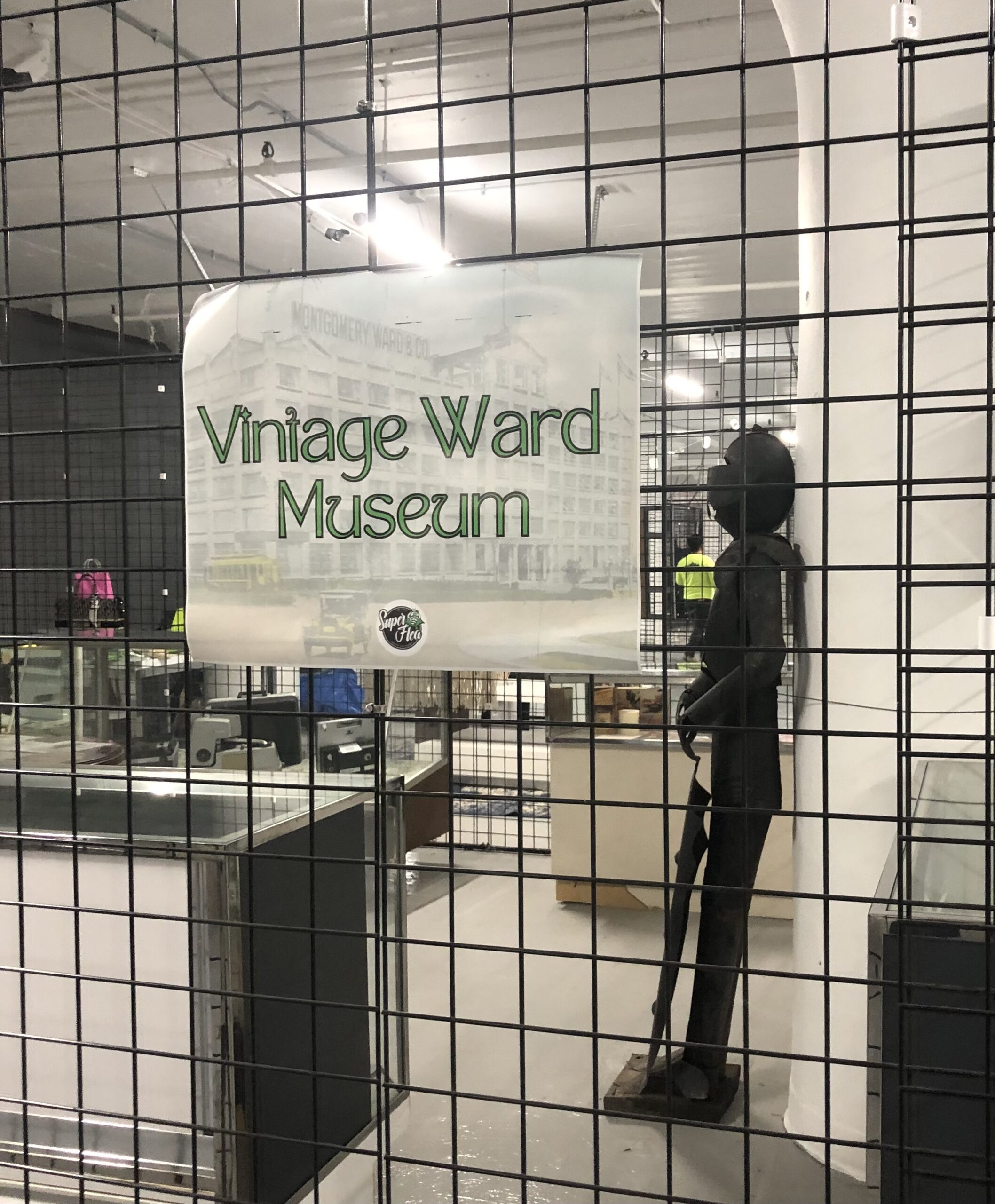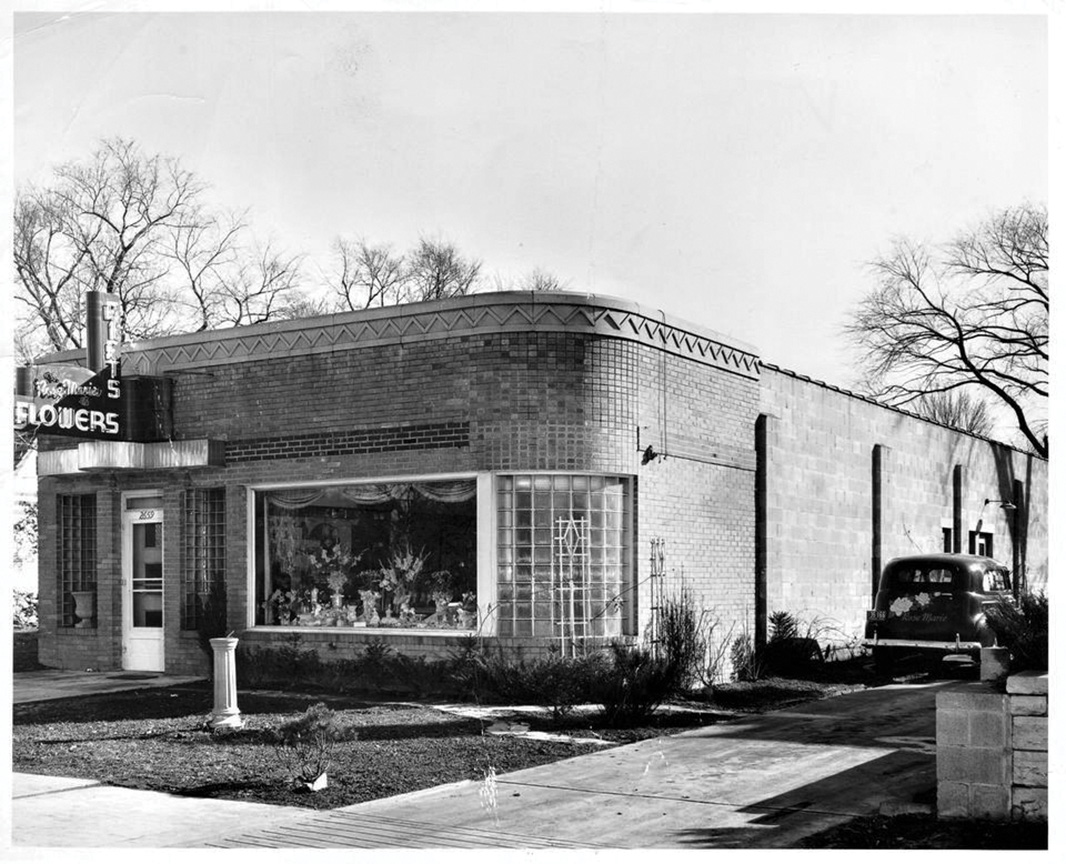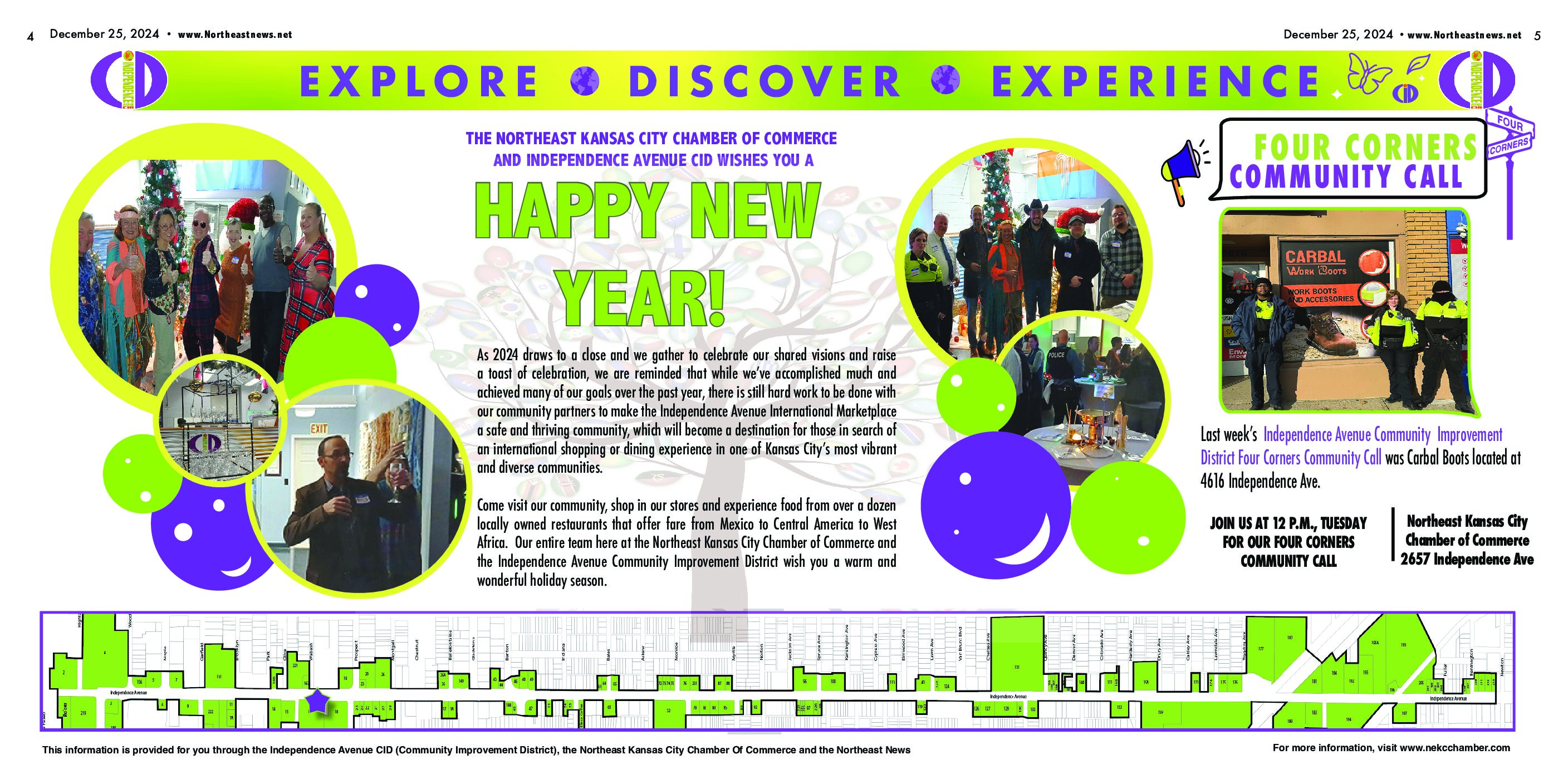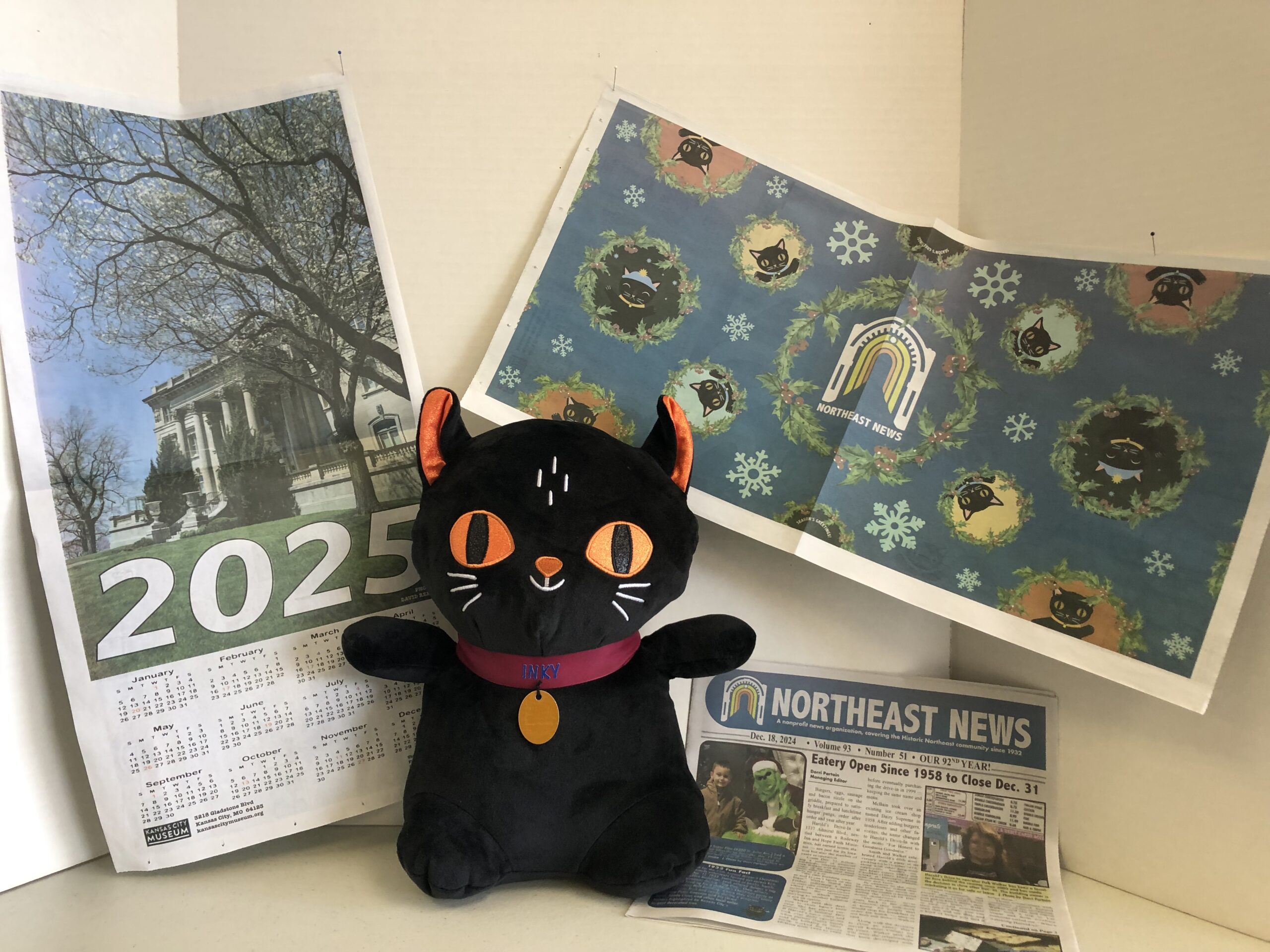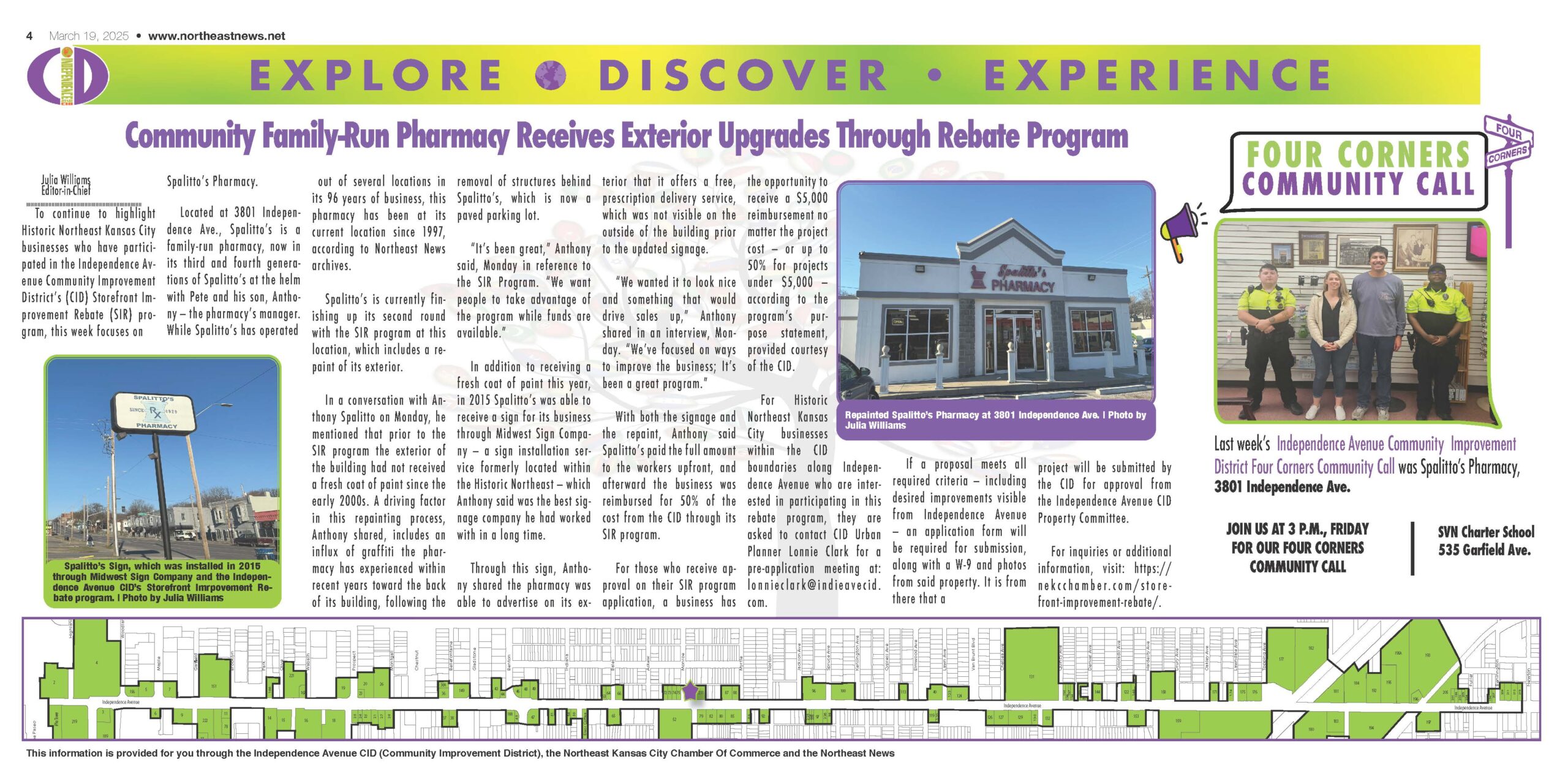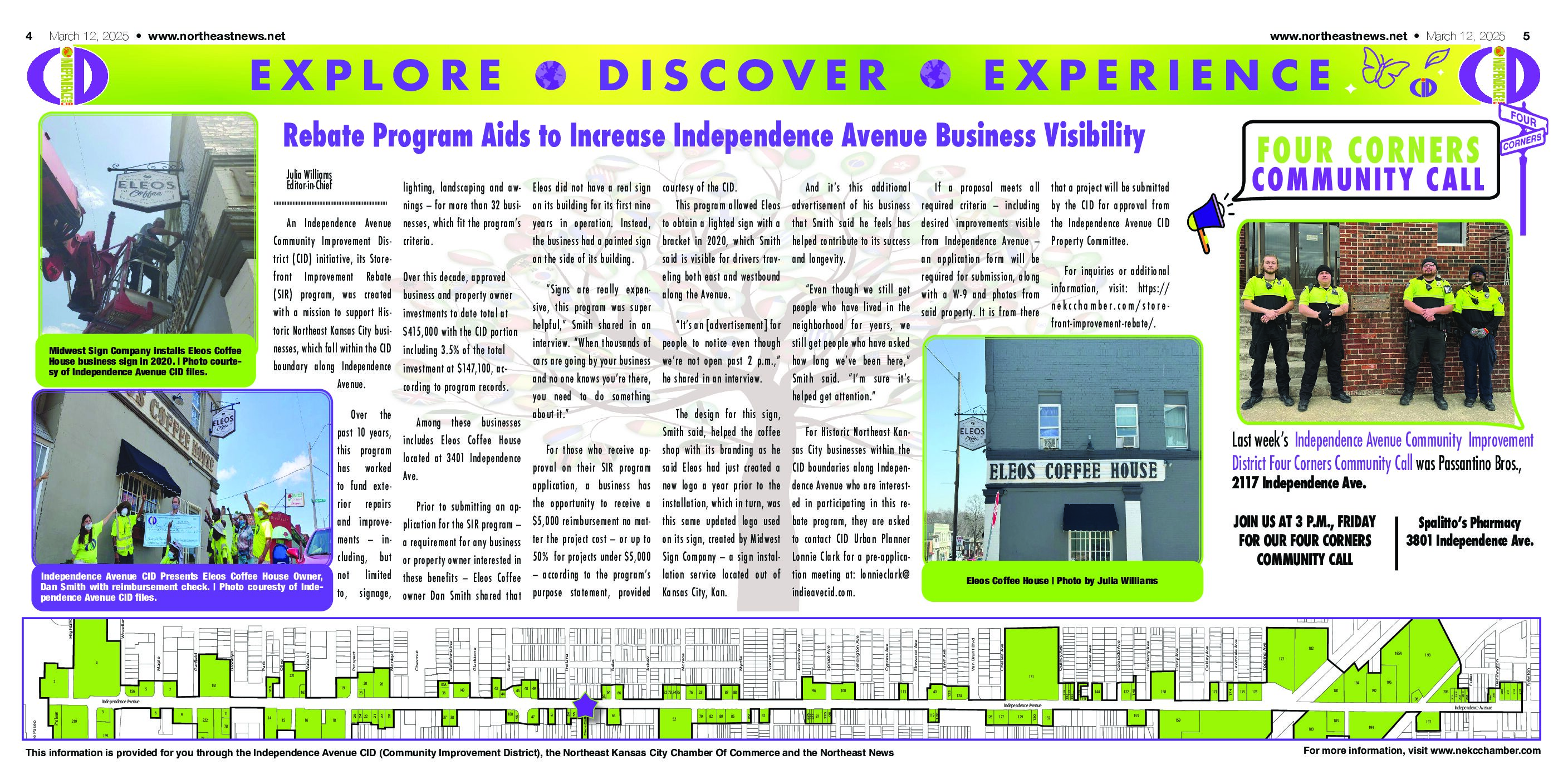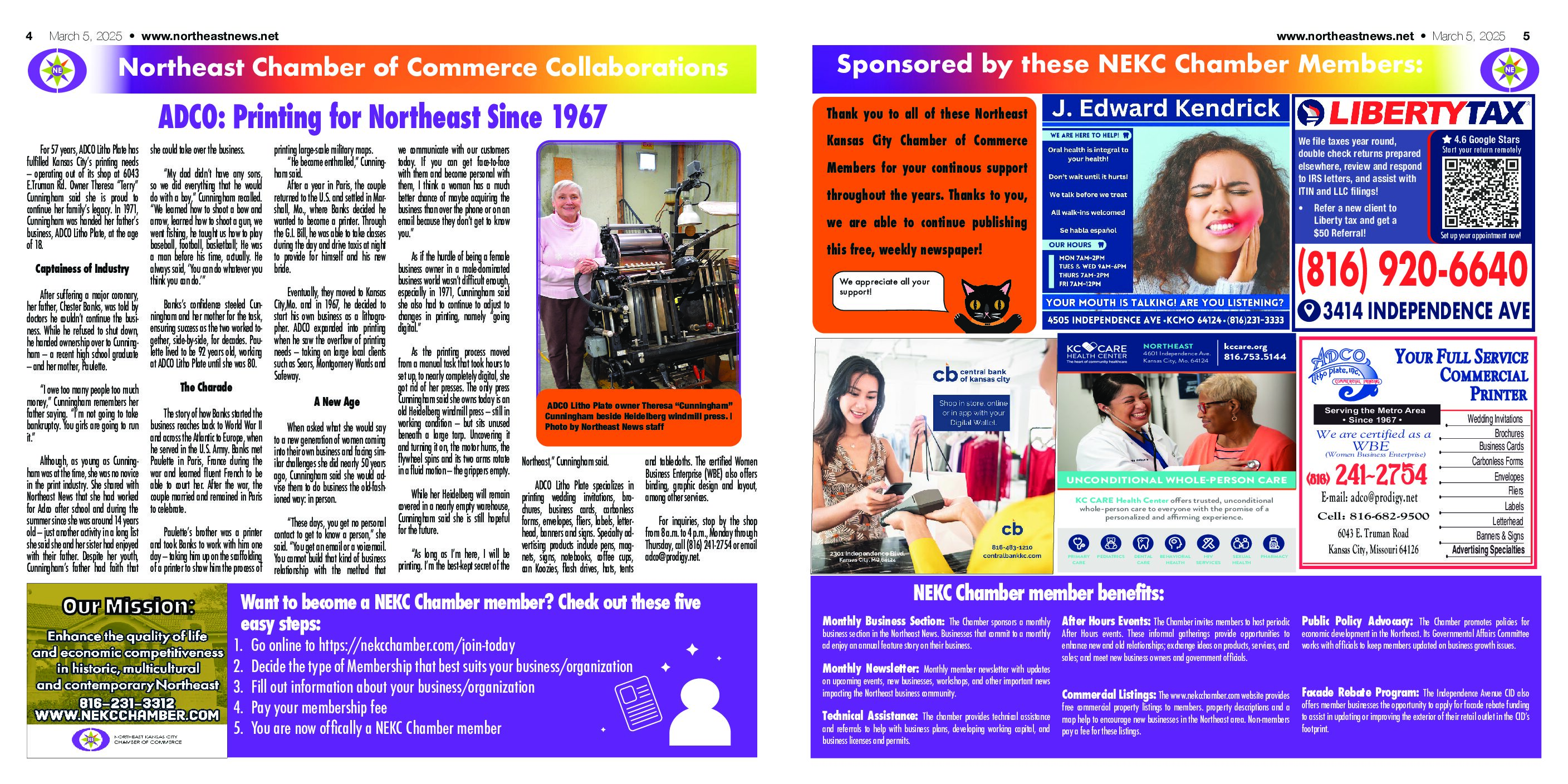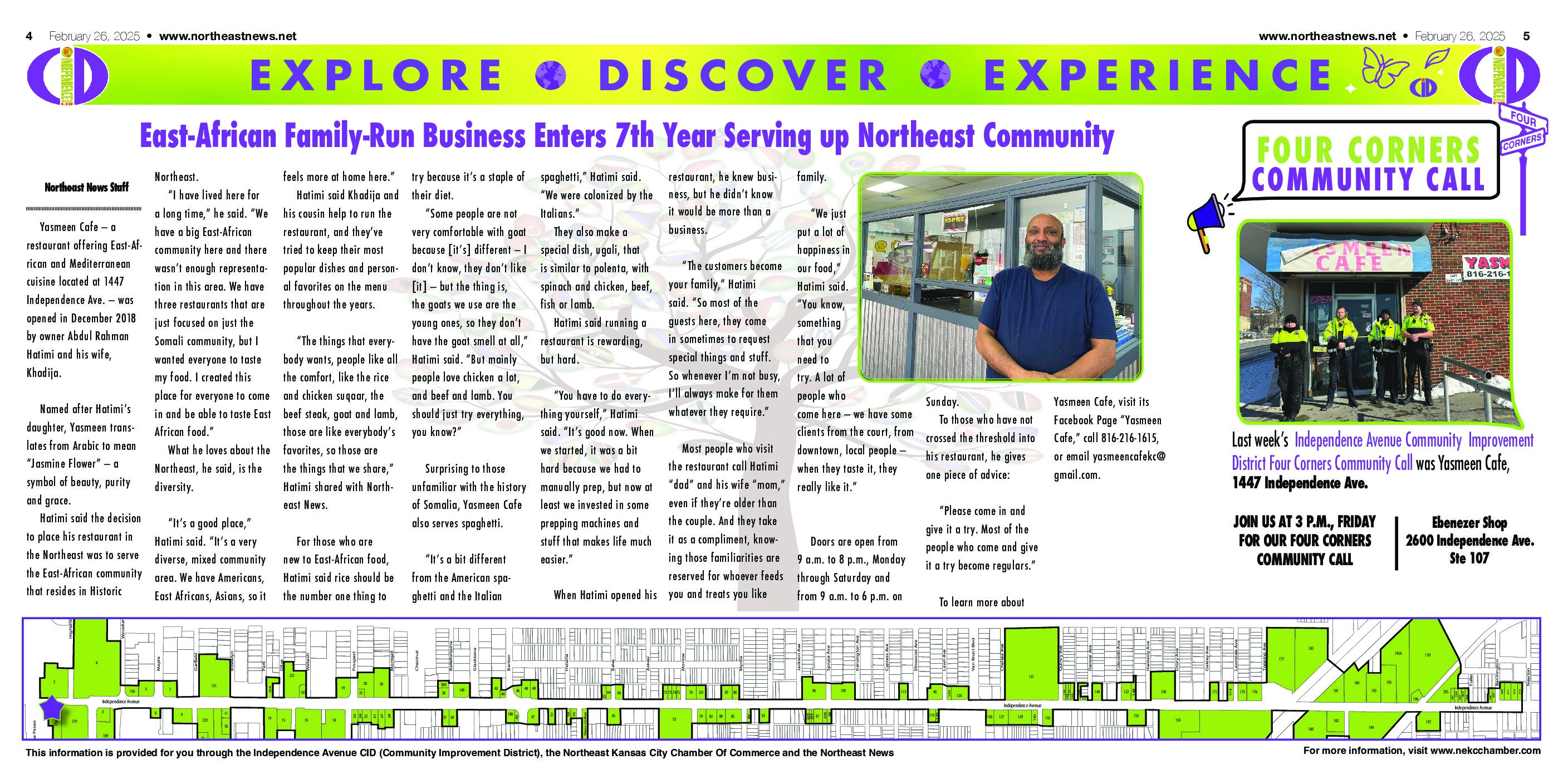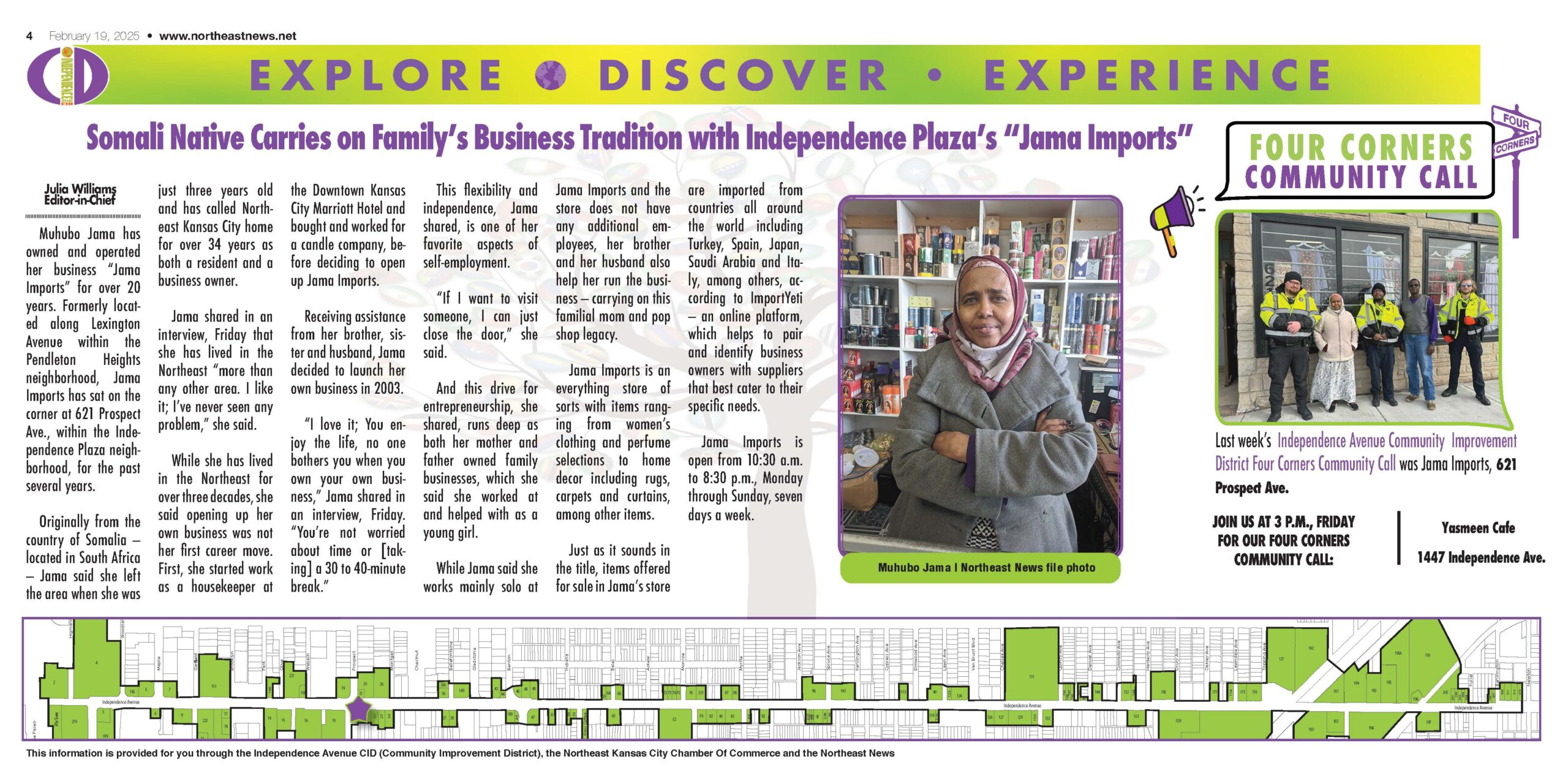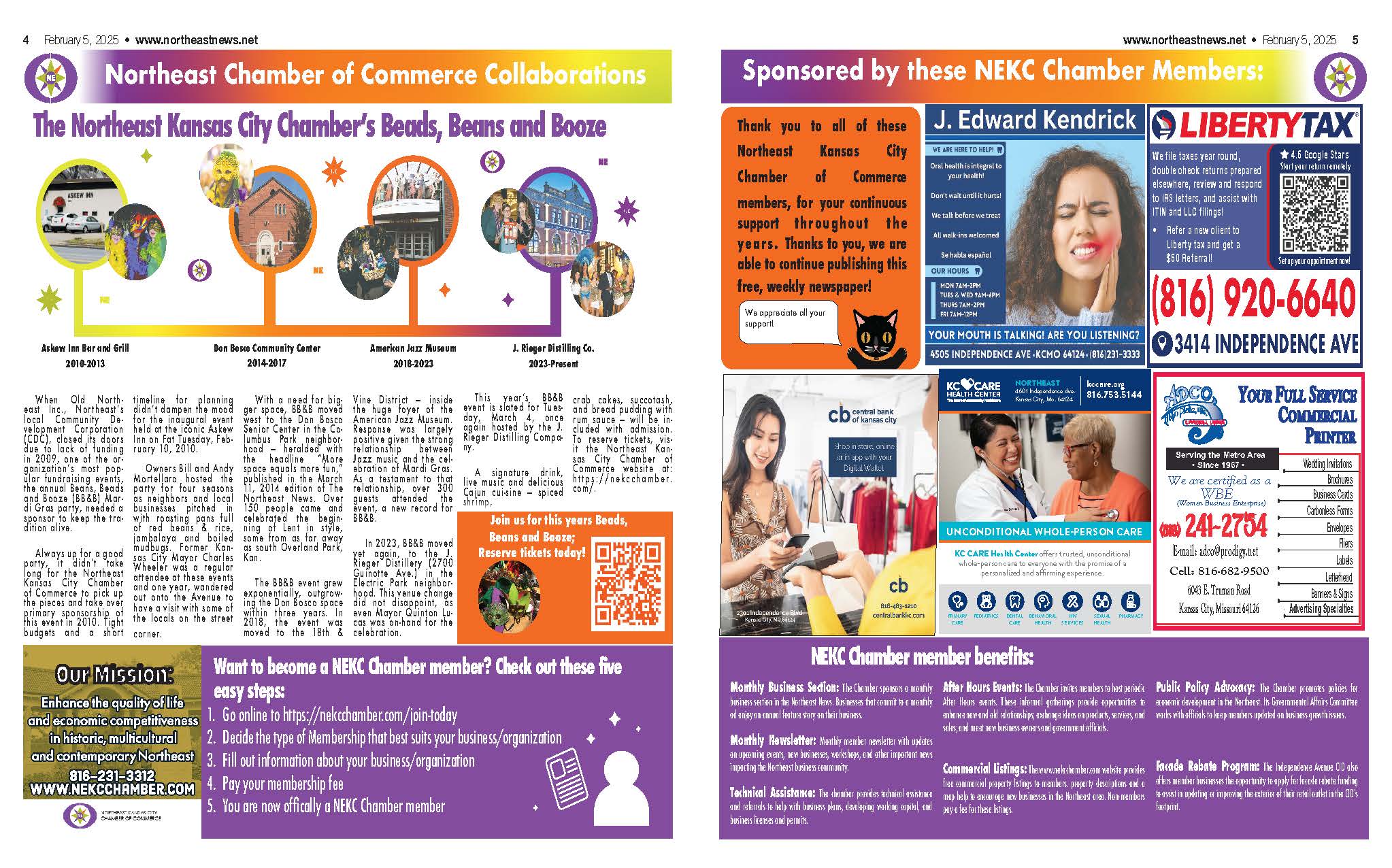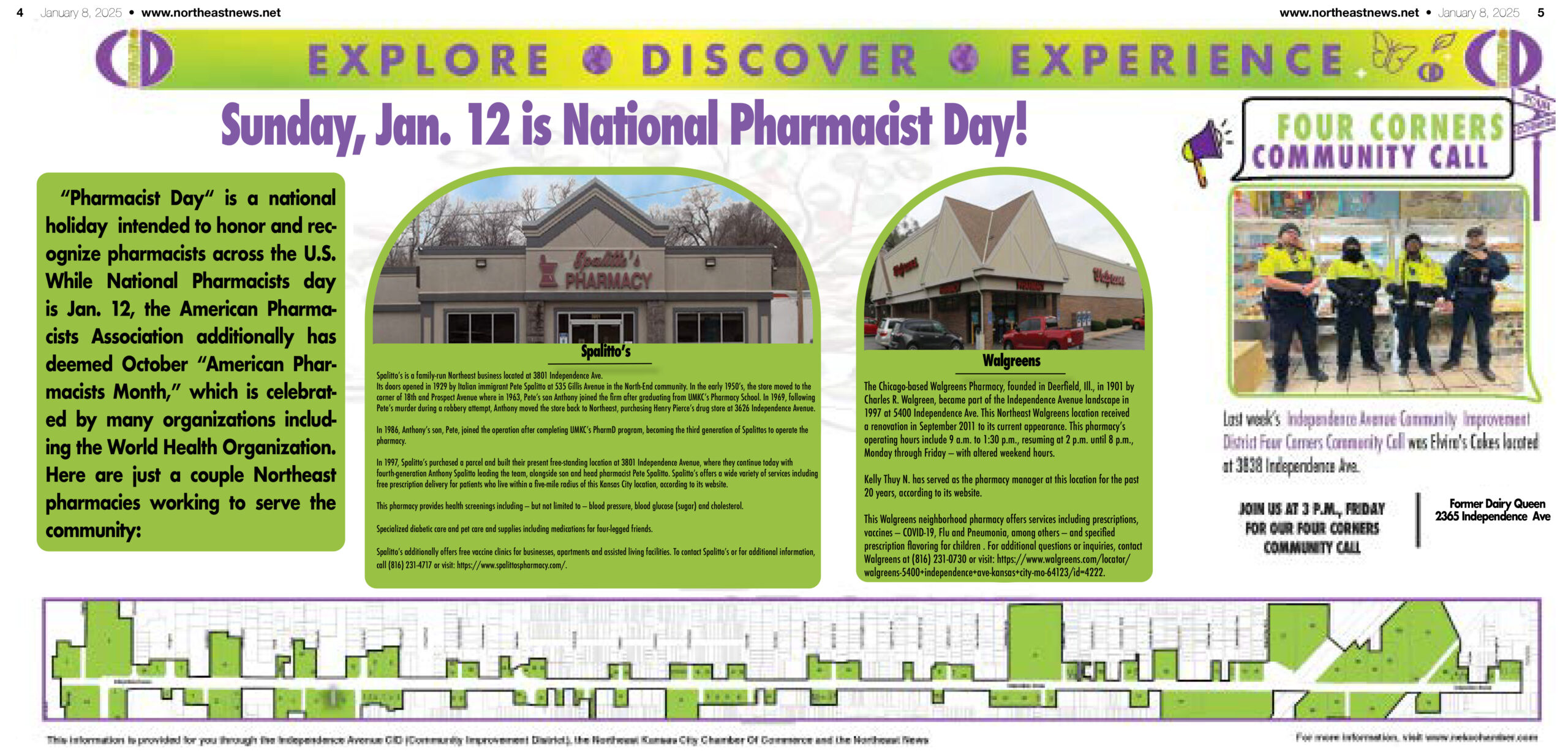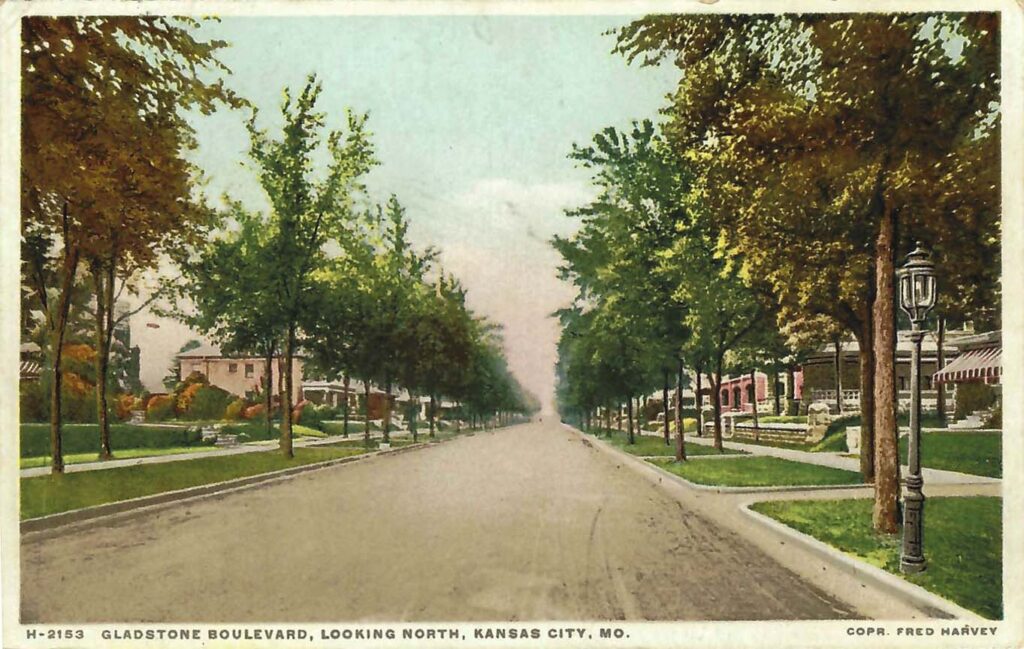
Michael Bushnell
Publisher
This 1920 Fred Harvey postcard is entitled “Gladstone Boulevard looking North” and shows the 400 block of one of Kansas City’s first two boulevards. Kansas City’s impressive park and boulevard system was launched under leadership of the Board of Parks and Recreation Commissioners and the genius of landscape architect George Kessler.
Commissioned by City Charter amendments in 1895 for park improvements, Independence Avenue was widened, improved and designated as a boulevard from Woodland Avenue to Benton Boulevard to the east, a roughly one-mile stretch.
An early Park Department souvenir program notes that Gladstone Boulevard was completed to Monroe Avenue by 1897, to Elmwood Avenue by 1906, connecting to Van Brunt Boulevard by 1913. The remaining parcels of land extending along the bluff to the Indian Mound were acquired in 1912 and completed in segments over the next eight years, extending Gladstone Boulevard to its present day length of 2.8 miles.
It was named for four-time British Prime Minister William Ewart Gladstone, a leader of the British Liberal Party in the late 1800’s.
The view shown on this postcard shows the brightly colored, striped awning (far right) at 429 Gladstone Blvd. The impressive stone Shirtwaist-style home was built in 1902 for Charles H. Moore, a cashier at the National Bank of Commerce.
Next door to the north, the Belvedere stone porch of 425 Gladstone Blvd. Across the street the 2.5-story buff-brick facade of 414 Gladstone Blvd. can be seen. It was built in 1902 for Porte Haven, a Vice President of the Keystone Oil Company. The home is of note as it is one of the few residences designed by enigmatic and eccentric local architect Louis S. Curtiss. It is Northeast’s only Curtiss designed home. Some of Curtiss’ other design projects include the Bernard Corrigan home at 55th and Ward Parkway, the Century (now Folly) Theater at 12th and Central and the Boley Building at 12th and Walnut, the world’s first glass and metal curtain style design in the world.
The postcard was mailed from Dodge City, Kan., in September, 1924. The hand written, personal message on the back reads: “We are OK at Dodge City, Kans. We sure are going down the line. We got riding a fast mail and it don’t stop anywhere to eat. We got to Abilene at 11 o’clock. Your lunch sure came in good. We make about eight hours for home. Signed S.T.B.”


